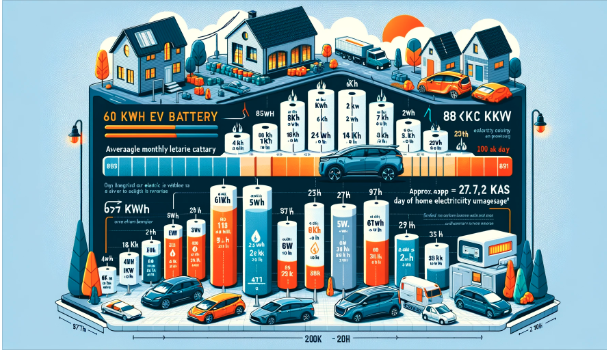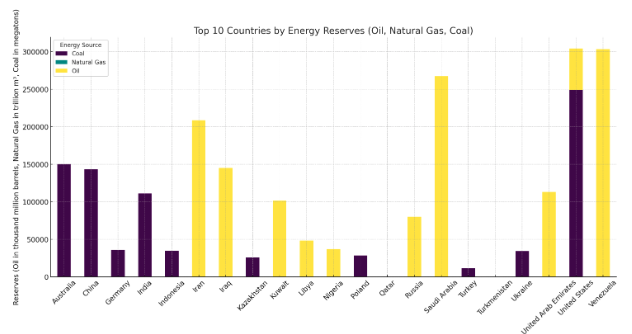 What’s the buzz, tell me what’s a-happening
What’s the buzz, tell me what’s a-happening[JESUS]
Why should you want to know?
Don’t you mind about the future
Don’t you try to think ahead
Save tomorrow for tomorrow
Think about today instead
Think about today instead
Sorry about the play on words, but electrical vehicles must get their batteries charged from somewhere. And all electrical power is third-party generated electrical power from other energy sources – natural gas, coal, wind, water, etc.
But the power that is cheap, clean, safe, and tech-ready now is NUCLEAR POWER.
Safe enough to power an aircraft carrier in combat means it is probably safe enough to power us in peacetime.
DOD has issued contracts for developing modular nuclear reactors to power military installations. Once this gets going, it should be a foundation for modular reactors to power the grids and localities throughout the United States.
In my humble opinion, the greenest route America can take is nuclear power with supplements from cleaner fossil fuels. Use gasoline to power cars, use nuclear energy supplied electricity to power electric vehicles, and more.
America has more energy than the Middle East. We need to support a mix of what we have to max the benefits for self-sufficiency.
 And as far as green goes, America leads the world in carbon emission reductions. Thus what we are doing is working….. but let’s do it better. Solar powered windmills freezing up at critical times in the winter is not a good thing. And the increased demands of charging those electrical vehicles is “ginormous” as shown in this story.
And as far as green goes, America leads the world in carbon emission reductions. Thus what we are doing is working….. but let’s do it better. Solar powered windmills freezing up at critical times in the winter is not a good thing. And the increased demands of charging those electrical vehicles is “ginormous” as shown in this story.And if interested in the maker of modular nuclear power, check out BWXT. Looking for uranium producers, there is an OTC stock which owns uranium as a commodity, SRUUF; or an ETF owning several uranium mining stocks, URNM.
The amount of electricity needed to charge an electric vehicle (EV) and power a typical home varies widely depending on specific models and household energy usage. However, I can provide some general insights and comparisons:
Electric Vehicle Battery Charging:
The battery capacity of EVs is typically measured in kilowatt-hours (kWh).
As of my last update, common EVs have battery capacities ranging from about 18 kWh (for smaller models) to over 100 kWh (for larger or luxury models).
To fully charge an EV battery, the amount of electricity needed is roughly equivalent to its battery capacity. For example, a 60 kWh battery would require approximately 60 kWh of electricity to charge from empty to full.
Powering a Typical Home:
The average electricity consumption of a household varies greatly depending on location, size of the home, number of inhabitants, and usage patterns.
In the United States, the average residential utility customer used about 877 kWh per month in 2020, according to the U.S. Energy Information Administration. This averages out to about 29 kWh per day.
Comparison:
If we consider an EV with a 60 kWh battery and an average daily household electricity usage of 29 kWh:
Fully charging the EV once would be roughly equivalent to two days of electricity consumption in a typical U.S. home.
It’s important to note that most EV owners do not fully deplete and recharge their batteries daily. The actual daily electricity usage for EV charging is often much lower, especially for regular commuting.
This comparison provides a general idea, but the actual figures can vary significantly based on the specific EV model and individual household energy use.
Power numbers sourced from Internet. I had found a video showing this, but could not copy link.
Generated with AI assistance.